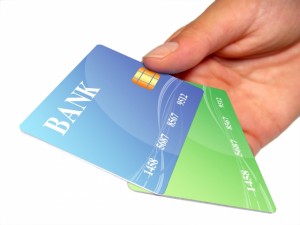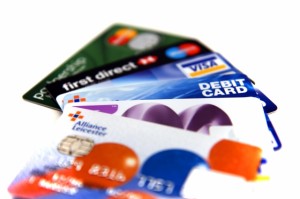The alternative minimum tax: Coping with the AMT iceberg
Published 12/22/10 (Modified 3/9/11)  By Richard Barrington
By Richard Barrington
Think of it as the iceberg of the tax code. And your tax return may be the next Titanic.
The alternative minimum tax (AMT) is like an iceberg because it often represents a hidden danger, and one that can have severely damaging effects. You can be sailing along, thinking you've conscientiously filed your tax return and paid your taxes. Then, BOOM! You get a letter from the IRS, assessing penalties because you failed to pay the alternative minimum tax. You've just hit the AMT iceberg.
If you want to avoid hitting the AMT iceberg, you'll need to know a little background about the alternative minimum tax, and how to cope with it.
Defining the alternative minimum tax
Think of the alternative minimum tax as an alternative tax code, existing outside of normal federal tax brackets and rules. The AMT was created in 1969 to prevent people from claiming so many deductions that they paid little or no tax.
Basically, the AMT is a tax calculation which ignores many common tax deductions, and also ignores lower federal tax brackets for certain types of income, such as capital gains. Your taxable income is re-calculated under AMT rules, and then a standard AMT exemption is subtracted -- $33,750 for single tax payers, $45,000 for married tax payers filing jointly, and $22,500 for married tax payers filing separately. An alternative minimum tax rate is then applied to the remainder -- 26 percent on the first $175,000 for
Read the full article » By Lisa Tortorello
By Lisa Tortorello  By Tom Tennant
By Tom Tennant  By Ann Cameron
By Ann Cameron  By Joe Taylor Jr.
By Joe Taylor Jr.